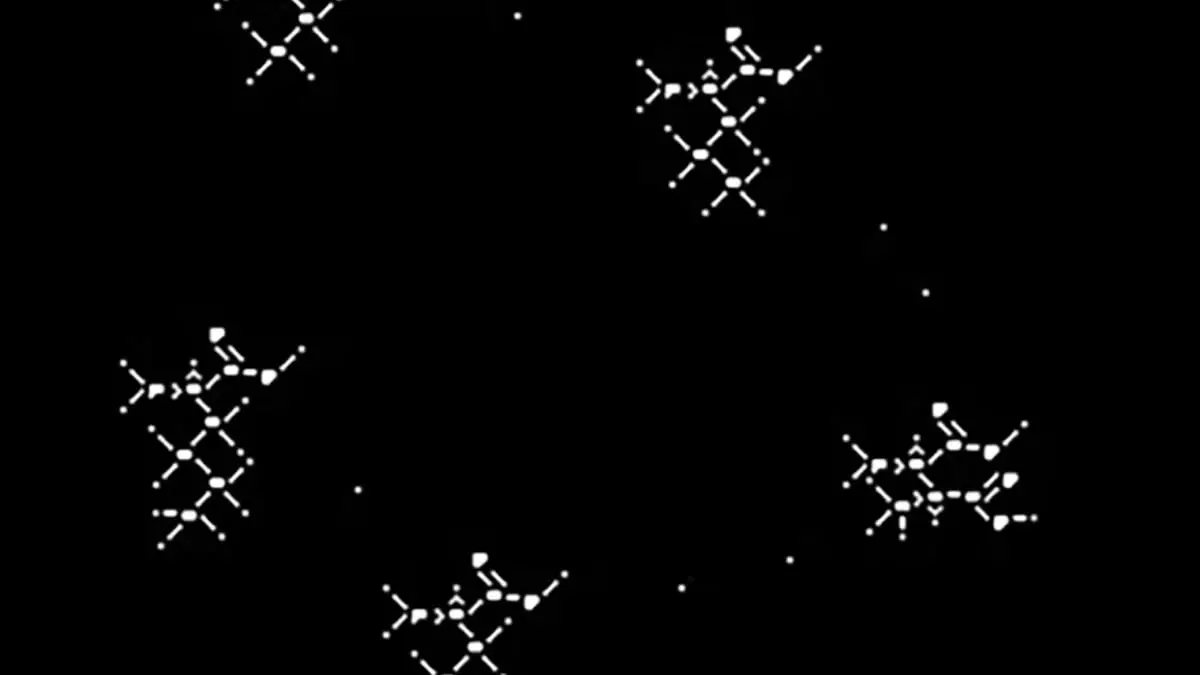In June 2023, an intriguing milestone in the search for extraterrestrial intelligence (SETI) occurred when Ken and Keli Chaffin successfully decoded a simulated message transmitted from Mars. This undertaking stemmed from the SETI Institute’s innovative project dubbed “A Sign in Space,” which artfully combines scientific inquiry with artistic creativity. The message, crafted by Daniela de Paulis and her colleagues, consisted of five distinct amino acid formations, drawing attention not only for its complexity but also for the ambiguous nature of its significance.
The journey towards decoding this alien simulation was not a mere walk in the park. The Chaffins engaged with what they describe as a “starmap” constructed of white pixels. Their analytical adventure utilized cellular automata algorithms to unravel the patterns hidden within the raw data. This experience underscores the challenges encountered in decoding messages that lack a clear linguistic framework or context. The decision to leave the interpretation open echoes the uncertainties surrounding genuine extraterrestrial communications—what we might expect to receive from beyond our planet could be just as enigmatic.
One of the project’s most remarkable elements was its inclusivity. The raw data was made publicly available, catalyzing worldwide interest and allowing citizen scientists to contribute to decoding efforts through an online forum. This approach not only democratizes scientific exploration but also cultivates a sense of community among enthusiasts and experts alike. The extent of collaboration exemplifies how technology can empower individuals to play a role in profound scientific discussions, enhancing the collective understanding of potential extraterrestrial communications.
Despite the decodings confirming the presence of amino acids—crucial building blocks of life—the fundamental purpose behind selecting these specific configurations remains shrouded in mystery. De Paulis and her team intentionally designed the project to provoke speculation rather than offer direct explanations. Participants are left to theorize the existential significance of these amino acids, ranging from hypotheses about the origins of life in space to the notion of a simple greeting from alien beings. This engagement fuels a vibrant dialogue on what constitutes communication from an extraterrestrial source.
De Paulis plans to compile the myriad interpretations into a forthcoming publication, highlighting the diverse perspectives that this project has inspired. In a world where universal consensus is often elusive, the varying interpretations of the message demonstrate a broader truth about humanity’s quest for meaning—each individual brings their unique insights to the table while engaging with the unknown. This endeavor not only enthuses the Chaffins but invigorates the entire community involved in the exploration of cosmic phenomena.
The simulated transmission from Mars, though not an authentic extraterrestrial message, serves as a significant stepping stone in humanity’s enduring pursuit of understanding the cosmos. The Chaffins’ focused efforts, paired with global participation, underline the potential of interdisciplinary collaboration and the arts in scientific exploration. As we continue to reach for the stars, each attempt to decode the universe’s messages brings us one step closer to unraveling an age-old mystery: are we alone in this vast expanse, or does the universe hold more secrets yet to be disclosed?

Leave a Reply